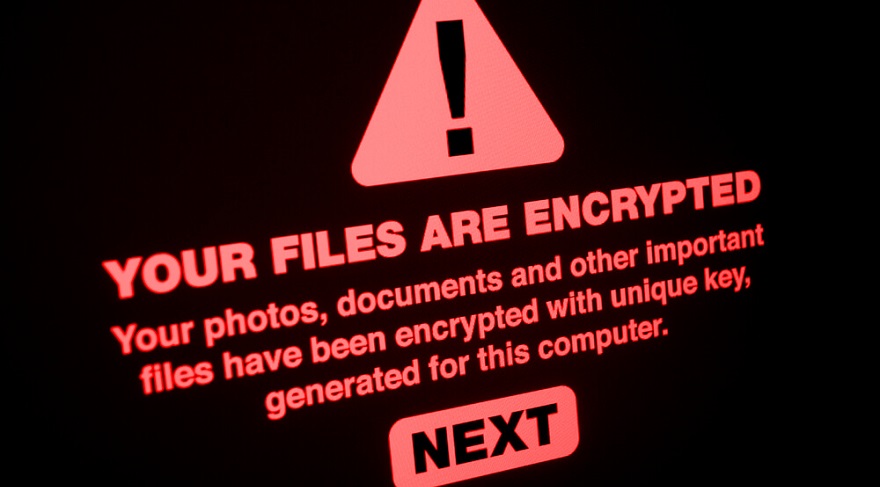Ryuk Ransomware Has Generated over $150m in Victims

Out of all the masses of viruses and malware you could accidentally install onto your PC, it’s hard to deny that for the casual consumer, and definitely businesses, Ransomware represents one of the current biggest dangers. – For those of you unfamiliar with it, unlike other malicious programs that may simply look to either steal your data or destroy your PC (in a filing sense), Ransomware is usually presented via a fairly generic email attachment, but once it’s opened, it encrypts all of your stored data. Following that, as the name might’ve already suggested to you, you’re given the choice of either paying (usually via Bitcoin) to get the decryption code to unlock your data or face losing your files forever.
Just how prevalent is this though? – Well, in a report via TechSpot, security researchers have confirmed that one of the latest Ransomware programs ‘Ryuk’ has already successfully generated at least $150,000,000.
Ryuk Ransomware
In a joint report submitted by Advanced Intelligence and HYAS, they believe that they have successfully identified 61 Bitcoins that have been paid by victims of the Ryuk Ransomware. Following which, they have been able to seemingly monitor the activity of the currency suggesting that it passes through a rather elaborate laundering system to fund various persons and, of course, further illegal activity.
Now, admittedly, I have no idea how they have done this as I was personally always under the impression that cryptocurrencies were very difficult if not impossible to track and monitor. The security firms are, however, willing to state that they believe at least $150,000,000 has been paid by users or businesses in order to ‘unlock’ their data. – In other words, criminal organizations utilizing this strategy have had a pretty significant cash injection by just this one pretty basic venture.

A Vicious Cycle
Admittedly, losing all of my personal data stored on PC would be a huge blow. While I am rather sensible to back it up on independent storage drives every now and then, I can ultimately understand why some people do choose to pay the ransom. – The problem, however, is that with every payment received, it does…

